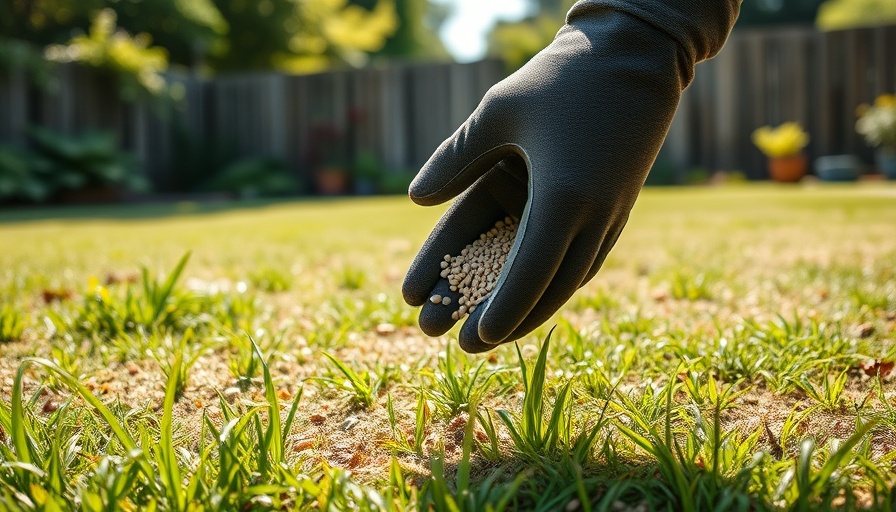
Achieving a Lush Lawn: Why Overseeding Without Aerating is Beneficial
Maintaining a beautiful lawn is a common goal among homeowners, especially as we approach the changing seasons. For those looking to thicken their grassy carpets without the extensive process of aeration, overseeding can be an effective solution. By understanding the benefits of overseeding and employing the correct techniques, you can ensure that your lawn flourishes. In this article, we delve into how to overseed your lawn without aerating, providing fruitful insights and practical tips to make your green space thrive.
Selecting the Right Grass Seed
The foundation of a successful overseeding project is high-quality grass seed. As John Fech, an expert from the University of Nebraska-Lincoln suggests, it's vital to choose seeds that guarantee a high germination rate—ideally at least 85%—and contain no weed or crop seeds. Consider sticking with the same species you currently have to maintain uniformity or experimenting with varieties that are disease-resistant for added resilience.
Importance of Yard Preparation
Preparing your lawn for overseeding is crucial. Start with cleaning the yard of debris like rocks or fallen leaves, which can block proper seed-to-soil contact. This simple step greatly enhances your chances of successful germination, resulting in faster, thicker grass growth.
Mowing and Dethatching: Key Steps for Success
Mowing your lawn low and dethatching are two essential tasks that improve the overseeding outcome. Mowing at a lower height allows the seeds to reach the soil more effectively, while dethatching helps to remove any excess thatch that can impede growth. This combination allows your new seeds to settle in better, ensuring they have optimal conditions for sprouting.
The Role of Compost in Seed Germination
Once your lawn is prepped, spreading a thin layer of compost can enhance seed-to-soil contact, providing essential nutrients that aid growth. Compost acts as a natural fertilizer and moisture-retaining layer, bridging the gap between the seeds and soil, thus fostering a vigorous budding process.
Watering for Optimal Growth
After applying the seed, proper watering is paramount. Ensure that the seeded area is kept consistently moist but not waterlogged. Gentle, frequent watering promotes even germination while safeguarding your seeds from drying out or becoming dislodged.
FAQ: Common Queries About Overseeding
Homeowners frequently ask, "How long does it take for overseeded grass to grow?" Generally, expect to see germination within 7 to 14 days, depending on the grass type and environmental conditions. Another concern is about weeds; overseeding can compete with existing weed species, but maintaining a healthy lawn will help suppress them naturally.
Conclusion: Take Action for a Thriving Lawn
While overseeding without aerating may require more diligence in preparation, the results can be remarkable. By following the practical steps outlined, you can cultivate a vibrant and lush lawn that not only enhances your property's aesthetic but also contributes to the local ecosystem. So grab your tools, invest in quality grass seed, and give your lawn the care it deserves this season.
 Add Row
Add Row 
 Add
Add 


Write A Comment